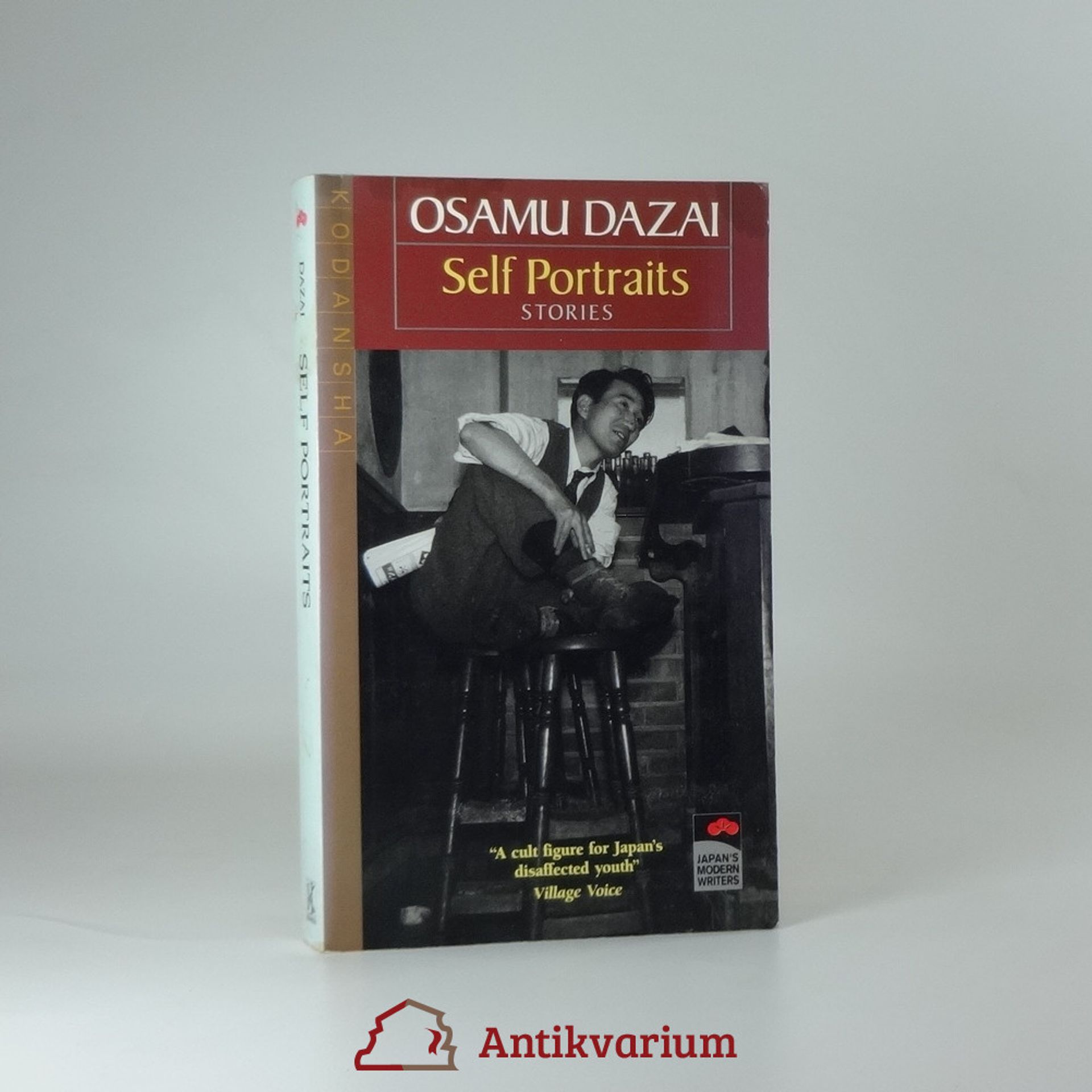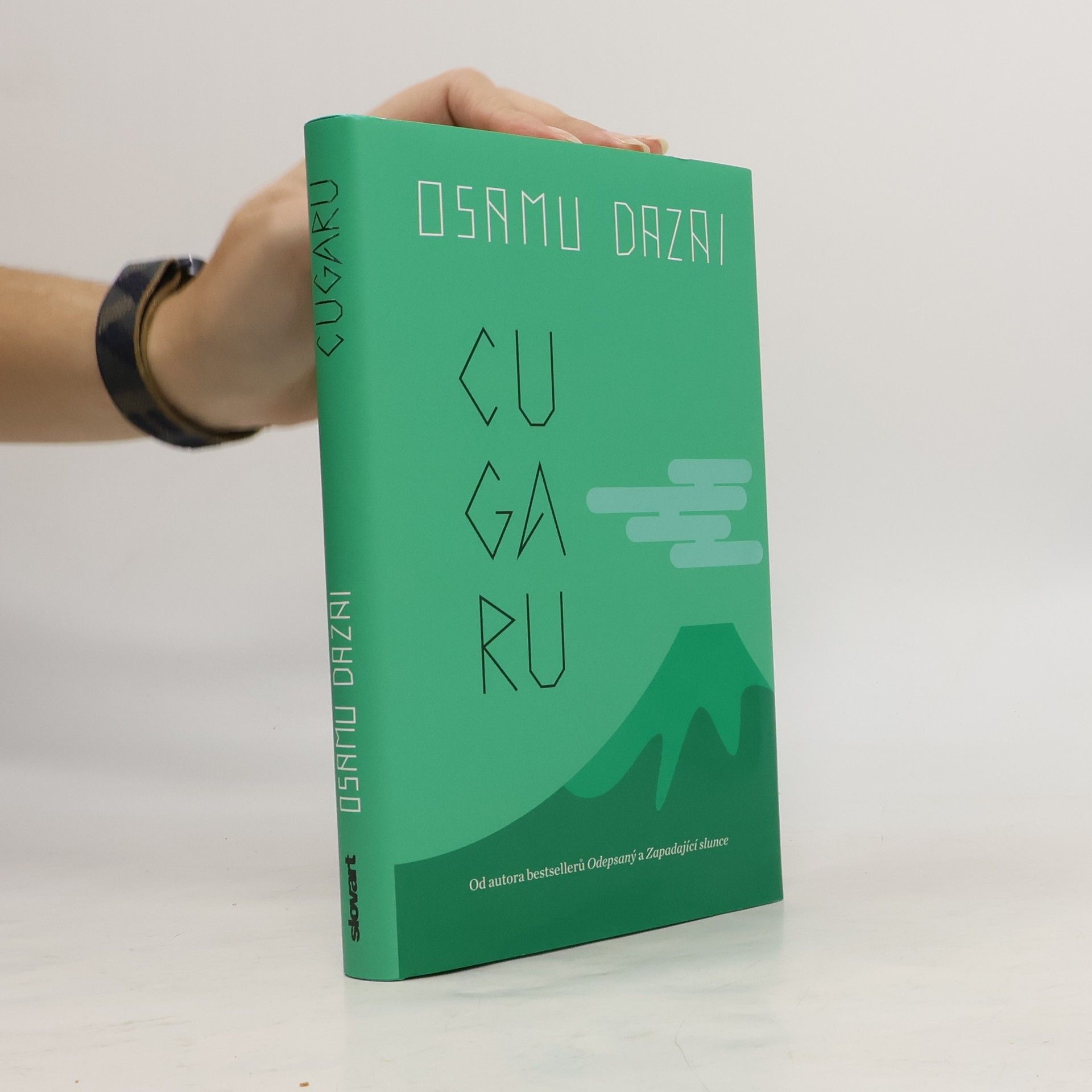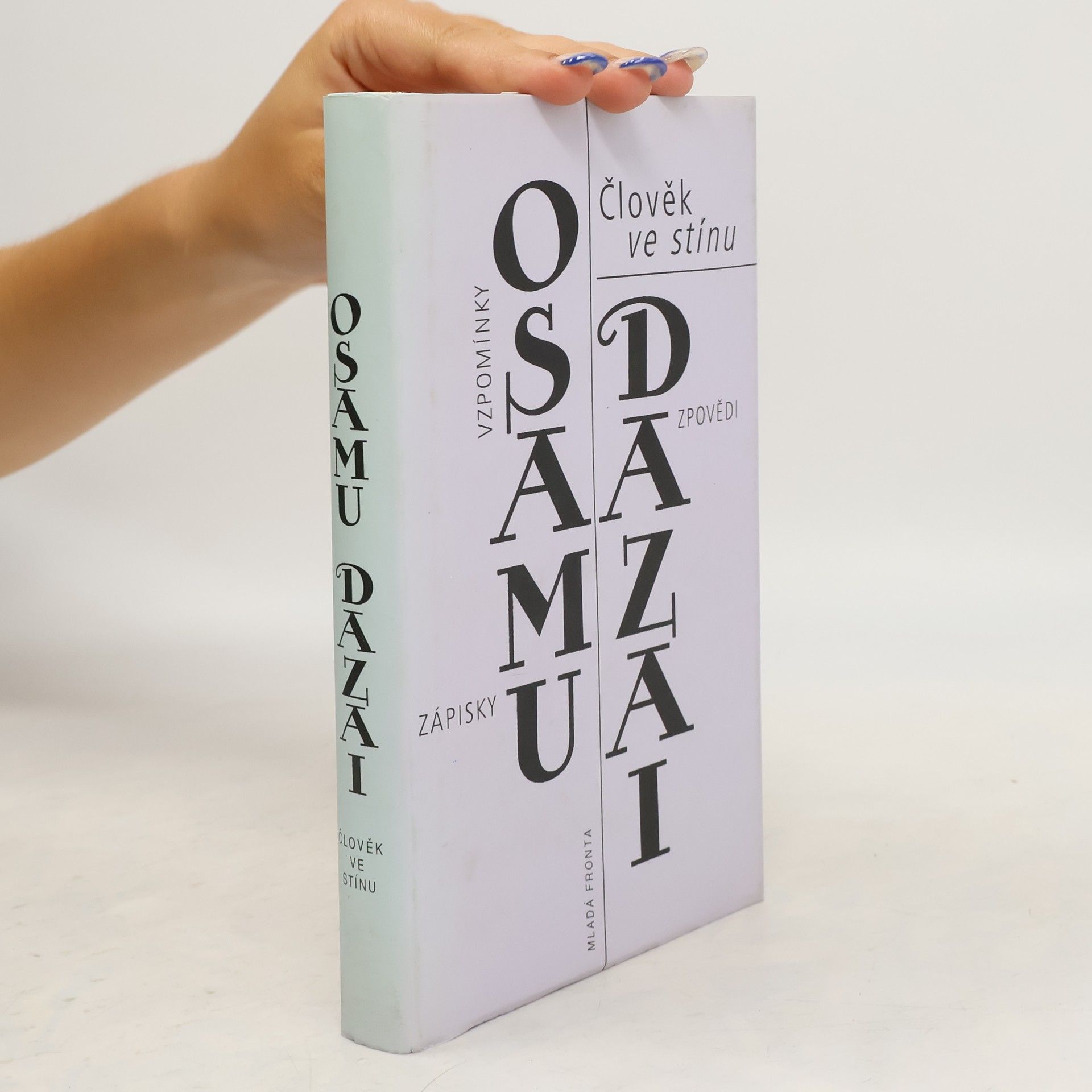No Longer Human
- 188 stránok
- 7 hodin čítania
A young man describes his torment as he struggles to reconcile the diverse influences of Western culture and the traditions of his own Japanese heritage.
Osamu Dazai bol japonský autor, ktorý je považovaný za jedného z najvýznamnejších prozaikov 20. storočia v Japonsku. Jeho diela, často písané v polobiografickom štýle s otvorenosťou do osobného života, čitateľov zaujmú. Jeho príbehy tiež upozorňujú na dôležité témy, ako je ľudská prirodzenosť, duševné choroby, spoločenské vzťahy a Japonsko po vojne. Jeho diela sú v Japonsku považované za moderné klasiky.







A young man describes his torment as he struggles to reconcile the diverse influences of Western culture and the traditions of his own Japanese heritage.
Výbor z rozsáhlého díla japonského spisovatele přináší tři různorodé, přitom však navzájem propojené texty: životopisné Vzpomínky (1933), románový cestopis z autorova rodného kraje Cugaru (1944) a román Selhání (1948).
Novel of present day Japan. Reaction of an upper-class family to the war and the resultant cultural impact.
Na první pohled může Cugaru spisovatele Osamu Dazaie působit „jen" jako laskavý a přívětivý cestopis. Mladý muž se po deseti letech vrací z Tokia do rodného kraje, aby čtenáře provedl krajinou nejsevernější části ostrova Honšú. Jak je však u Dazaiových děl zvykem, i zde se skrývají hlubší témata, která jsou pro autora typická: hraní rolí v nefunkční rodině, pocit vykořeněnosti, rozpolcenost a celková životní bezútěšnost.
Odepsaný Józó, hlavní hrdina románu Odepsaný, vypráví o svém na první pohled běžném a víceméně normálním životě, přestože se sám cítí neschopen porozumět lidským bytostem. Pokusy o smíření se s okolním světem začínají v raném dětství, pokračují na střední škole, kde se pro své okolí stává klaunem, aby zamaskoval odcizení, až nakonec vedou v dospělosti k pokusu o sebevraždu. Autor románu, japonský spisovatel Osamu Dazai, bez sentimentu zaznamenává náhodné krutosti života a prchavé okamžiky lidské pospolitosti, porozumění a něhy. Jeden z nejprodávanějších japonských románů je důkazem toho, že významné literární dílo nemusí během let ztratit nic ze své nadčasové aktuálnosti. Zapadající slunce Román Zapadající slunce nahlíží na společenský a morální úpadek vládnoucí japonské vrstvy, hlavně aristokracie. Křehkost, emoční síla a poetičnost textu zajistila dílu, podobně jako autorův román Odepsaný, nadčasovost, a výraz „třída zapadajícího slunce“ se dokonce ujal i v hovorové japonštině.
Bringing together novelist Osamu Dazai's best autobiographical shorts in a single, slim volume, Self-Portraits shows the legendary writer at his best--and worst
This final volume of the critically acclaimed series, reveals Yozo Ohba's quick and tragic demise. After what appears to be a brief period of marital bliss from the budding cartoonist, a shocking revelation reopens deep emotional wounds leading him towards reclusion and eventual self destruction. A modern classic which explores the mind of an alienated man who feels he is a spectator in his own life. Based on the novel by Osamu Dazai, Usamaru Furuya has breathed new life into the classic with his beautiful graphic art.
Dazai's exploration of egoistic pessimism resonates with contemporary emo culture and the emotional depths of teenagers across generations. Renowned for his novels, he also showcases his literary prowess in this collection of twenty short stories, blending diverse styles with sharp humor and deep empathy for the human experience. Each story reflects his exceptional talent and insight, making this anthology a significant contribution to literature.
"The novella that first propelled Dazai into the literary elite of post-war Japan. Essentially the start of Dazai's career, Schoolgirl gained notoriety for its ironic and inventive use of language. Now it illuminates the prevalent social structures of a lost time, as well as the struggle of the individual against them--a theme that occupied Dazai's life both personally and professionally. This new translation preserves the playful language of the original and offers the reader a new window into the mind of one of the greatest Japanese authors of the 20th century"--Page 4 of cover.